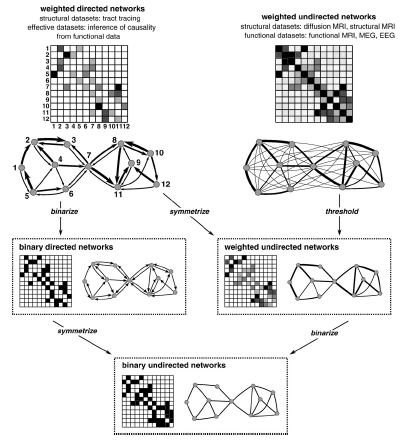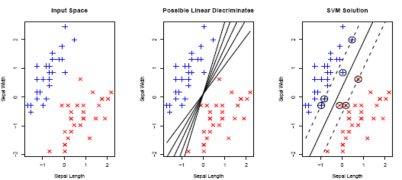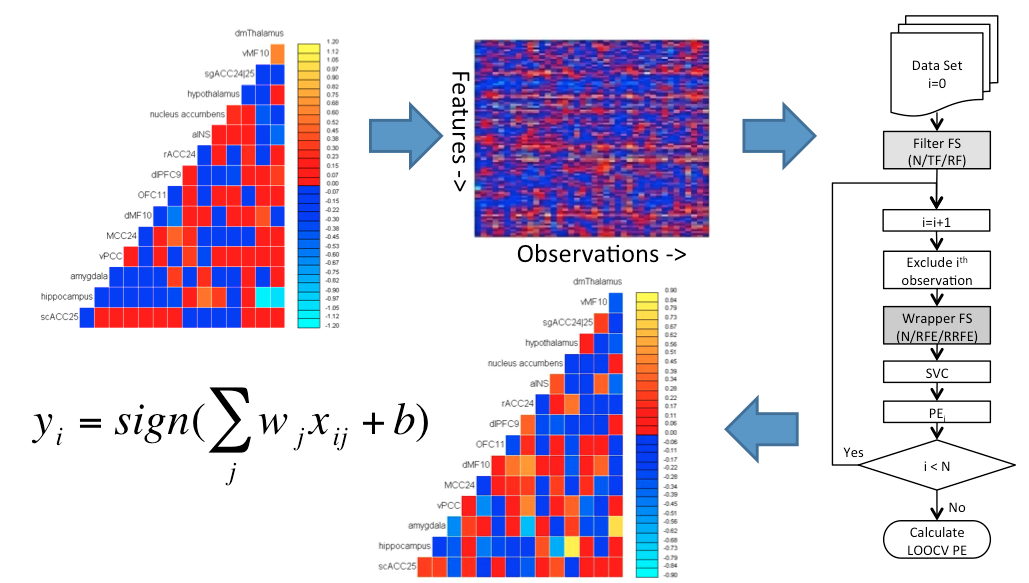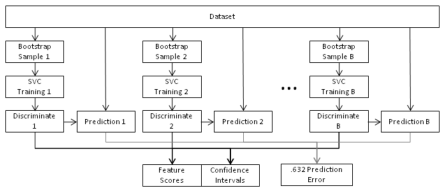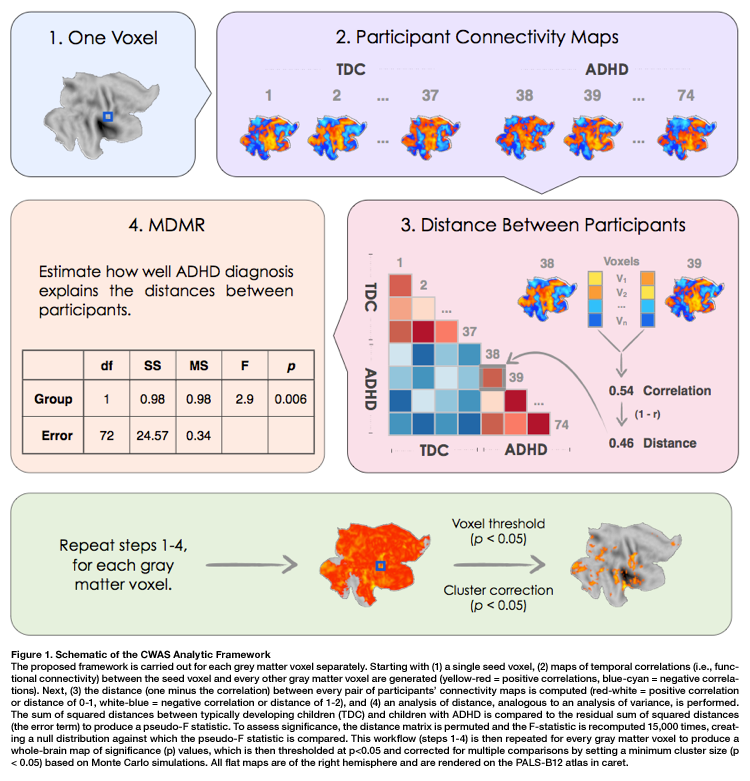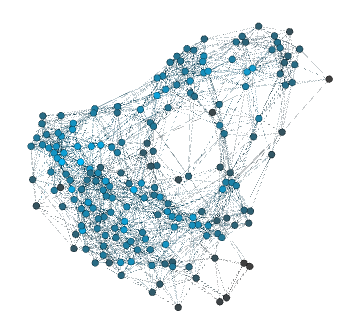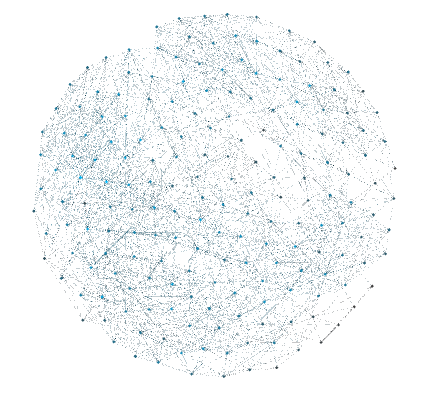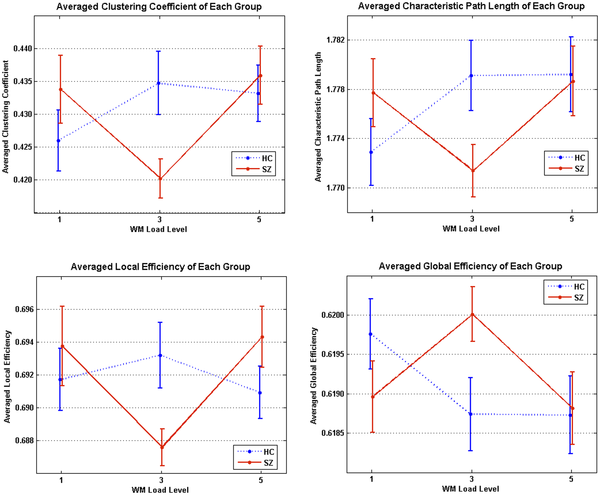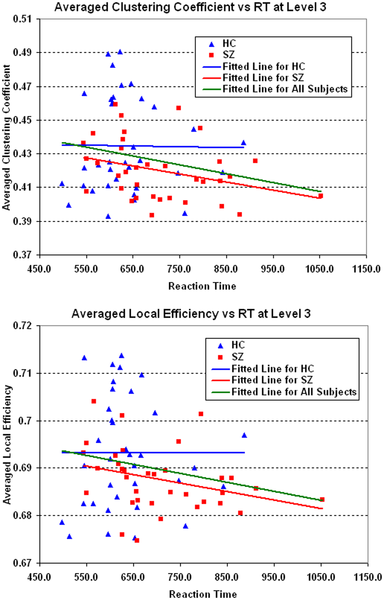Comparing connectomes
- Once we have a connectome graphs for a set of individuals, the next challenge is comparing them
- Indentify connections withen the graph, or subgraphs, that vary with disease state or other phenotype
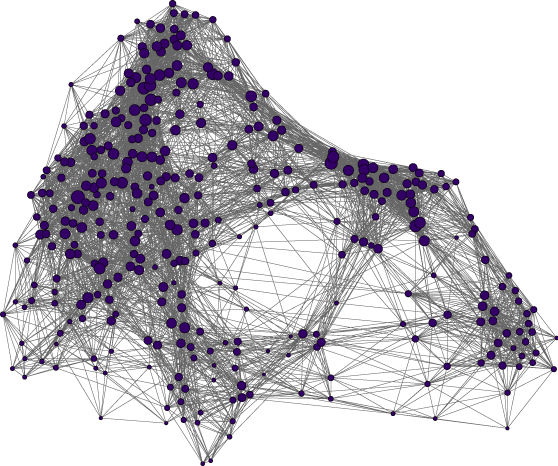
R. Cameron Craddock, PhD
Research Scientist VI, Nathan S. Kline Institute for Psychiatric Research, New York, NY
Director of Imaging, Child Mind Institute, New York, NY
July 31, 2014

